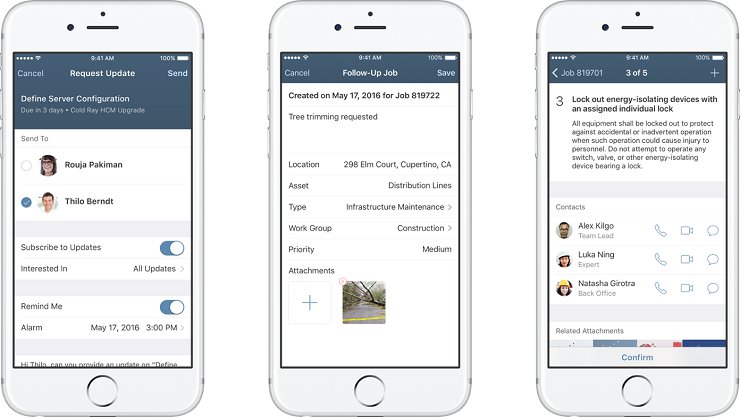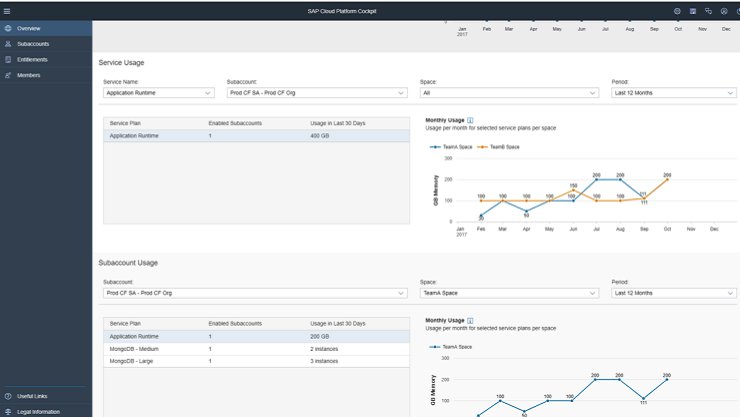BARCELONA—SAP's enterprise partnership with Apple continues to blossom. The company just announced an enhanced version of its SAP Cloud Platform SDK for iOS along with two new mobile apps: SAP Insurance Sales Assistant and SAP Asset Manager.

The revamped iOS SDK puts more and more of SAP's digital platforms and services at mobile developers' disposal. The SDK adds new user interface controls and better integration with Apple's Xcode integrated developer environment (IDE), along with deeper analytics tied to SAP HANA and SAP Cloud Platform Big Data Services for real-time analytics and data visualizations. There are also enhanced AI capabilities through the SAP Leonardo digital services platform such as image recognition from iPhone or iPad apps, and easier in-app translation through the SAP Translation Hub.
"We've done a lot of work on adding new controls," said Dan Lahl, vice president of product marketing at SAP. "As we add these SAP applications like Sales Assistant and Asset Manager, we're also building out new capabilities we're designing jointly with Apple and delivering in the iOS SDK. Things like timeline control to make complex things look simple and render easily on an iPad. We're up to 70 or 80 controls now."
Lahl also pointed to the added capability to pull application programming interface (APIs) directly from SAP's API Business Hub, and said the SDK can also now build in more administrative tasks like onboarding and mobile device monitoring through iOS.
The new SAP Insurance Sales Assistant app is designed for insurance agents to manage sales activities on their iOS devices, providing a full view of customer data and key performance indicators (KPIs) tied to sales goals. The SAP Asset Manager, on the other hand, is integrated with SAP S/4HANA and SAP Cloud Platform to oversee asset management tasks such as material consumption, time management, failure analysis, and managing work orders.
Lahl said SAP's ongoing partnership with Apple has evolved into a very close working relationship, and even a compartment within Apple's new spaceship campus.
"It started with a really good idea at the beginning of the journey," Lahl said. "Now we have a joint facility with them in Cupertino working with the developers to bring in proxy applications, add controls and integrations, and really take what SAP has on the enterprise apps and business process side and combine that with Apple's design language to make it look simple and native on an iPhone or iPad experience."
The company also unveiled a new consumption-based pricing model for SAP Cloud Platform. Taking a cue from public cloud platforms such as Amazon Web Services (AWS), Microsoft Azure, and Google Cloud Platform, SAP is adding usage pricing and monitoring for cloud customers to pay only for the capacity they need. SAP Cloud Platform customers can now buy cloud credits, and monitor their usage through dashboard reports in the SAP Cloud Platform Cockpit.

Lahl likened it to buying a gift card and gradually using up the amount versus setting up a monthly auto-pay where you may not be able to use all the items you're being shipped each month.
"Historically we've taken a subscription-based pricing model, which has been good for us, but we wanted to offer more low-touch, flexible, and consumption-based pricing," Lahl said. "This allows the customer to buy cloud credits, which can be used on any of the more than 50 cloud platform services. AWS, Azure, Google — all three of those started out with pay-as-you-go models and are now moving up to enterprise subscription models. Us being an enterprise company, we just went the opposite direction."


